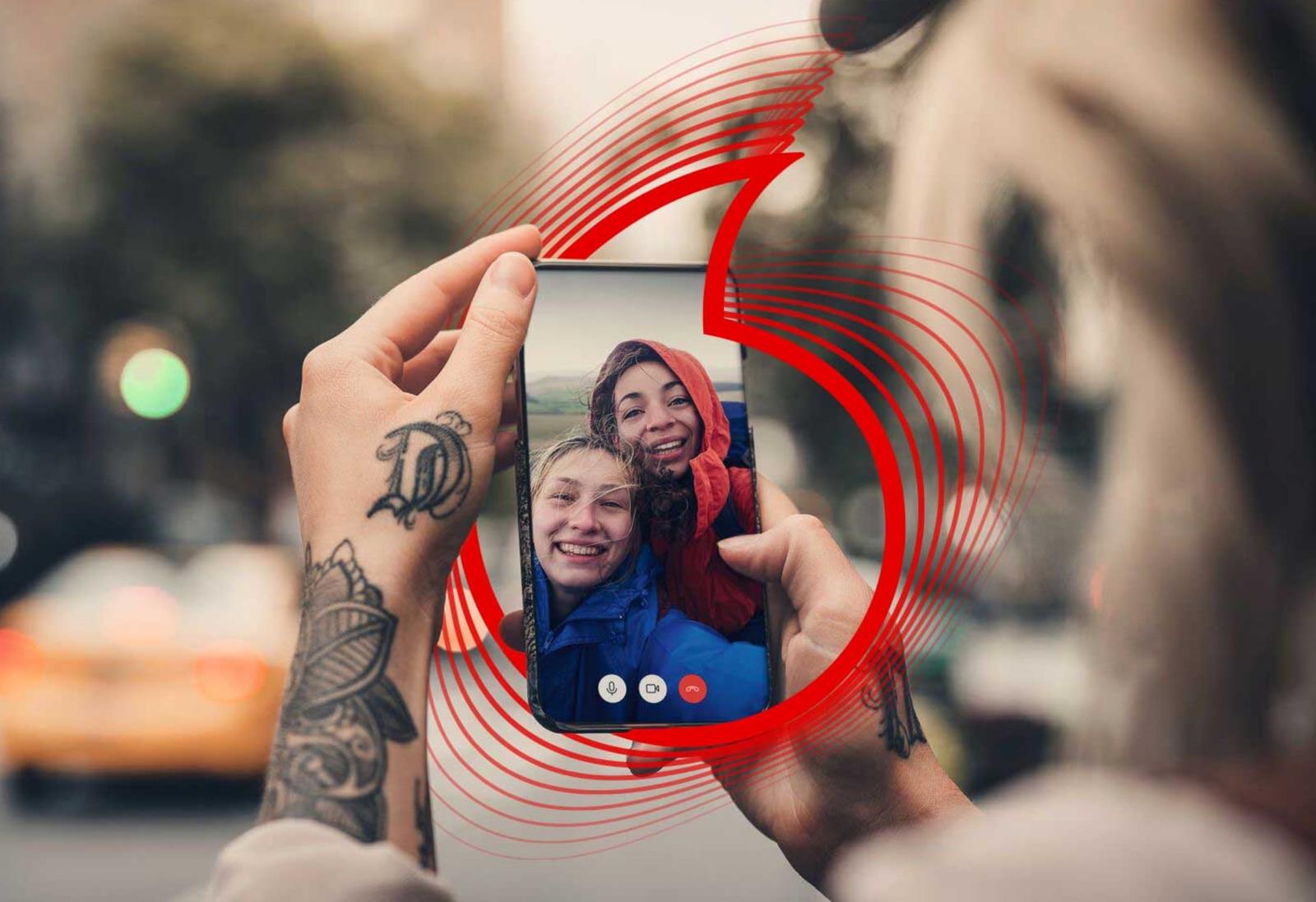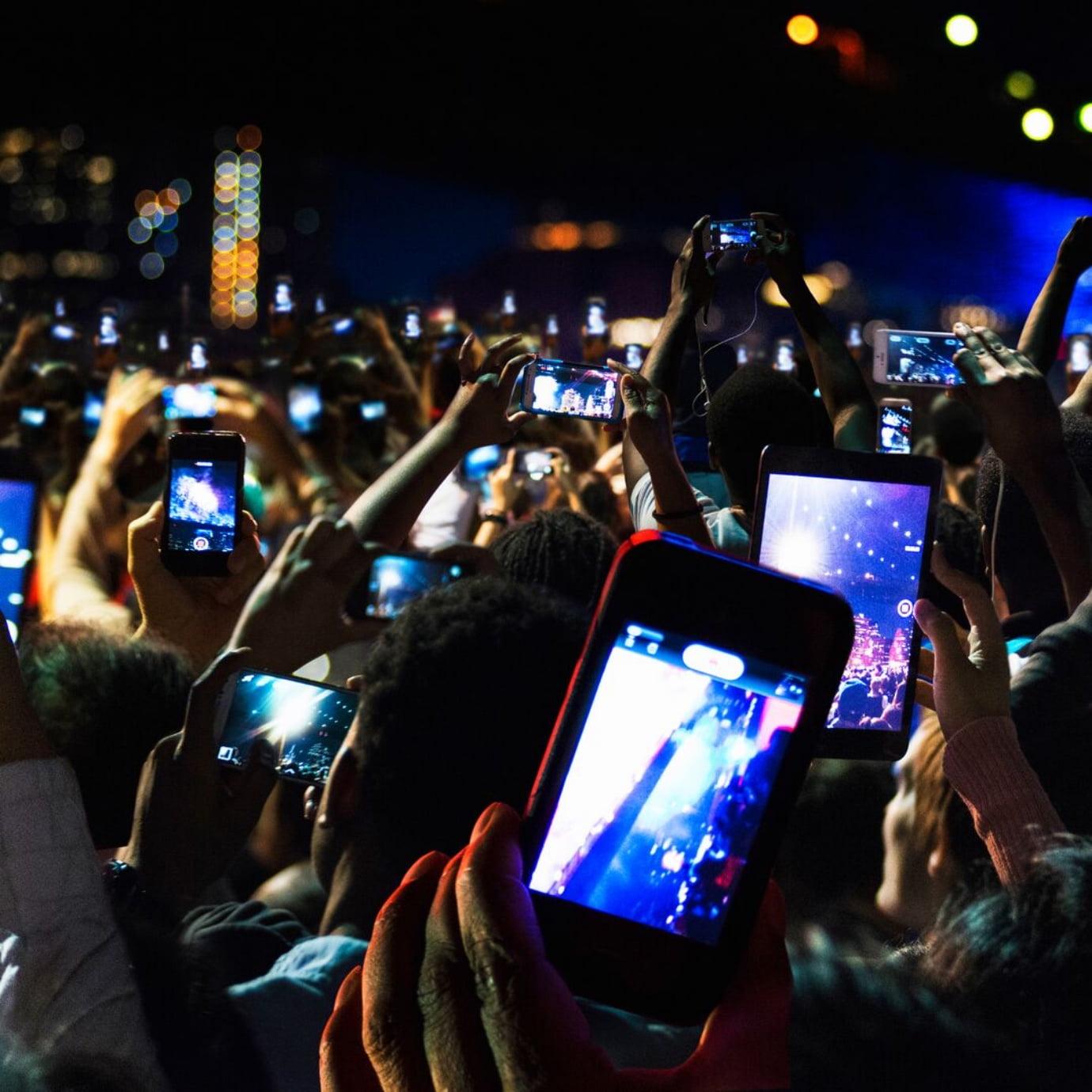Vodafone has been developing and enhancing mobile technology since the very first call on our network more than 30 years ago.
The health and safety of our customers and the wider public has always been—and continues to be—an absolute priority for us.
Mobile technology operates well within the safety limits set out by international guidelines. The opinion of the independent World Health Organization (WHO) remains the same: there is no evidence to convince experts that this technology poses any risk to human health.
Here’s a quick summary of the basics about how your mobile works
Converts
Your mobile device converts voice and data messages into radio waves, which are part of the electromagnetic wave spectrum.
Transmits
The radio waves are transmitted as electrical signals through a network of base stations.
Receives
Each base station has a cabinet and antennas to send and receive your communication. The antennas are usually fixed to a support structure such as a mast.
Relays
Base stations relay your signal through cables, or a microwave connection, to a core switching centre, from where it is routed to its destination using the same technology.
What do the experts say?
There have been thousands of scientific studies into the effects of radio waves on health. The vast majority of experts—such as the World Health Organization (WHO)—agree there is no evidence that the use of mobiles or base stations results in adverse health effects when operated within guideline safety limits.
To date, and after much research performed, no adverse health effect has been causally linked with exposure to wireless technologies.WHO statement February 2020
The International Commission on Non-Ionizing Radiation Protection (ICNIRP) is an independent advisory body working in collaboration with the World Health Organization (WHO).
In March 2020, following an extensive review of the body of scientific research currently available, ICNIRP updated the international safety guidelines that provide protection from exposure to radiofrequency electromagnetic fields (EMF) from mobile devices and networks.
ICNIRP Chairman, Dr Eric van Rongen, said the new electromagnetic field guidelines have taken seven years to develop and are more appropriate than the 1998 guidelines for the higher frequencies that will be used for 5G in the future.
The guidelines have been developed after a thorough review of all relevant scientific literature, scientific workshops and an extensive public consultation process. They provide protection against all scientifically substantiated adverse health effects due to EMF exposure in the 100 kHz to 300 GHz range.
Updated guidelines
Although ICNIRP made some adjustments to its 1998 guidelines, the review confirmed that there are no adverse effects on human health from radio frequencies used by mobile technologies if exposure is below these guidelines, including the higher frequencies that will be used for 5G in future.
Vodafone operates its mobile networks strictly within the safety limits set by national regulations, which are typically based on, or go beyond, ICNIRP’s guidelines, and we regularly monitor our operations in each country to ensure we comply with those regulations.
What we are doing
We are absolutely committed to ensuring the health and safety of our employees, customers and the communities in which we operate.
Our vision is to lead within the industry in responding to public concerns about mobiles, masts and health by demonstrating leading-edge practices and encouraging others to follow. We have defined governance and policies to deliver on this commitment.
Key topics
How the technology works
How base stations with antennas mounted on masts enable mobile signals to work properly.
Health: the science and evidence
We recognise that as mobile technology changes some people have questions about health. This section explains more about the published science, which is the foundation for the safety regulations.
Is 5G safe to use?
5G frequencies are covered by existing international and national exposure guidelines and regulations for radio-frequency electromagnetic fields (RF-EMF).
Our commitments and goals
Our vision is to lead within the industry in responding to public concerns regarding mobiles, masts and health.
Independent research
Learn about how scientific reviews have made a vital contribution to establishing industry guidelines and standards.

